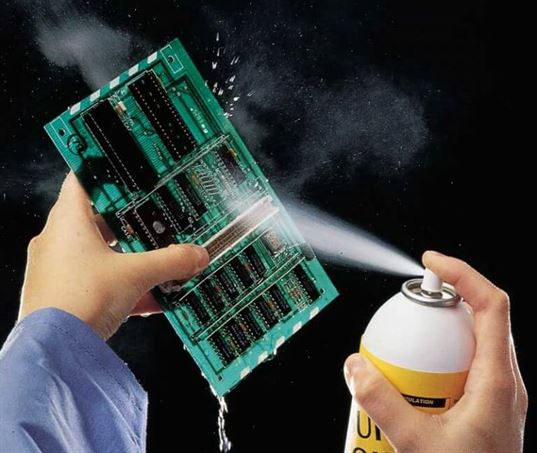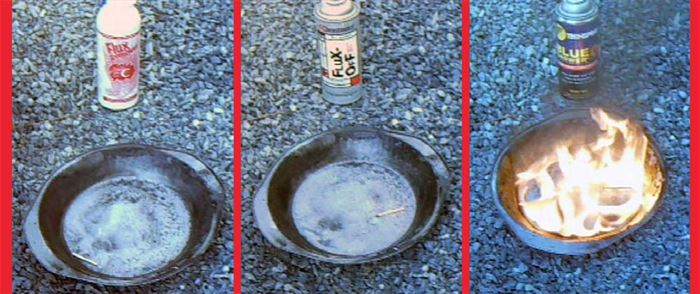Do Flammable Cleaners Create a Hazard on the Rework Bench?
Solvent flammability is a very difficult issue. The chemical behavior itself is difficult to measure precisely because it varies greatly, according to circumstances. Flammability is difficult to manage because of the environment in which the solvent is packaged, stored, shipped and used; and the risk can be difficult to predict because of exogenous factors such as employee training.
Every country regulates flammability differently. In the US in years past, there were three categories of flammability: nonflammable, combustible and flammable. These were based on 'closed cup' and 'open cup tests' which had defined ANSI standard testing protocols, and the 'flame extension tests' which were used exclusively on aerosols. Naturally, Canada and Europe had different standards and tests. The Globally Harmonized System of packaging and labelling was deployed in 2015 and the rules changed again. Although flammability standards are NOT uniform globally they generally are moving in the direction of making it more difficult to claim the golden 'nonflammable' status. For more details about flammability testing, see your company's local health, environmental and safety (HES) experts.

Messy aerosol sprays volatilize the cleaning fluid, exposing workers to fumes. The excess fluid also can puddle below the cleaning site, creating a flammability hazard if the solvent has flammable characteristics
Additionally, there is a move to use cleaning fluids that are more gentle on the environment. High global warming potential fluids (GWP) often are nonflammable, but low GWP fluids often are volatile organic compounds (VOCs) that contribute to smog in cities. There is a trend to ban certain nonflammable aerosol propellants that have high GWP ratings but the effect is to make the products more flammable; it's becoming harder to pass the flammability test with the new ingredeints that have improved environmental characteristics. Aerosol companies around the globe are wrestling with this dilemma. In the photo below, all three cans contain roughly the same ingredients but the two cans on the left use a nonflammable propellant; the product on the right does not. The effect of a flammable propellant is obvious. [Note: The is NOT a photo of an ANSI-standard test, merely an illustrative demo.]

Three different aerosol cleaners tested for flammability show very different results. See text for explanations.
MicroCare has a different 'take' on the problem. MicroCare sells both flammable and nonflammable cleaning fluids, in both aerosol and bulk packaging. Properly used by trained staff, they work great. However, it is hard for a client to be sure the product is always properly used. That's why MicroCare invented the TriggerGrip™ cleaning system. The TriggerGrip™ avoids wasteful solvent over-spray. Only exactly the minimum amount of solvent is used, and it is only applied exactly where needed. There is no puddled liquid to burn. This makes it much safer to use low-cost flammable cleaners.
